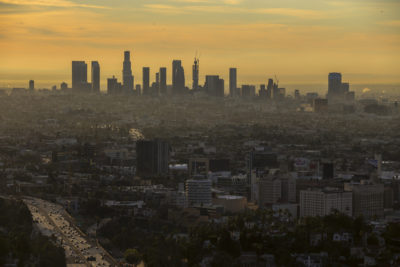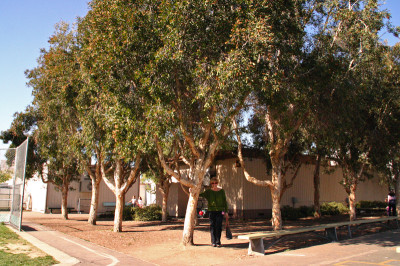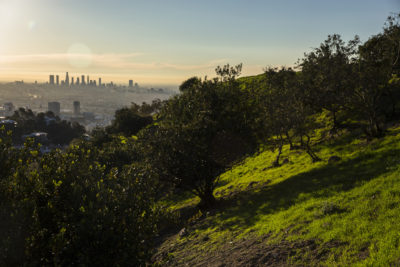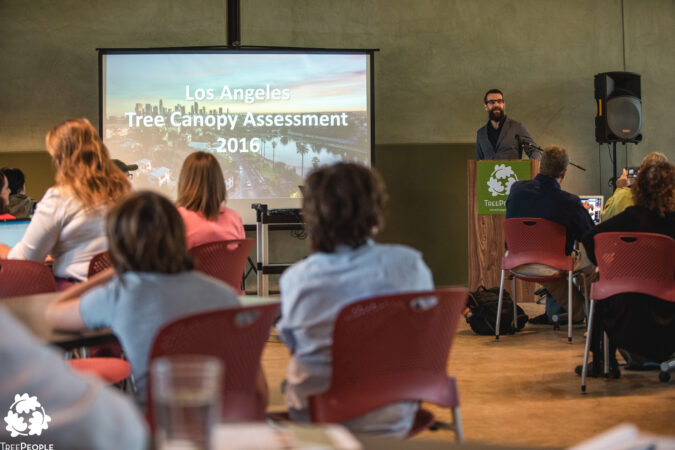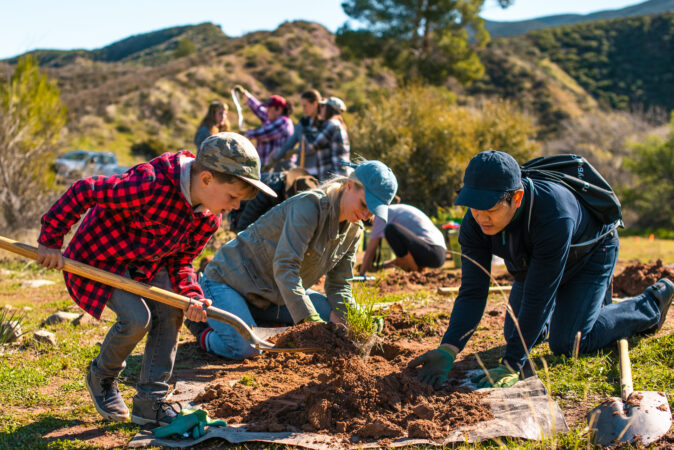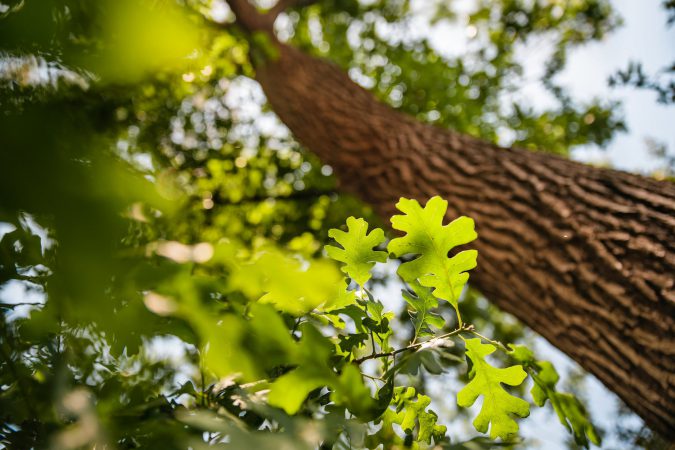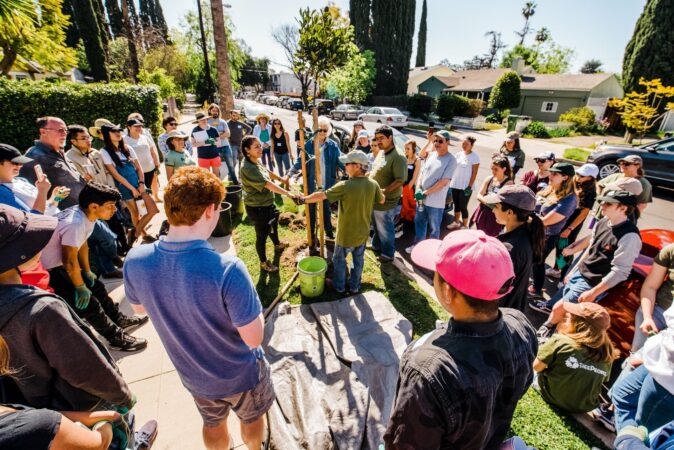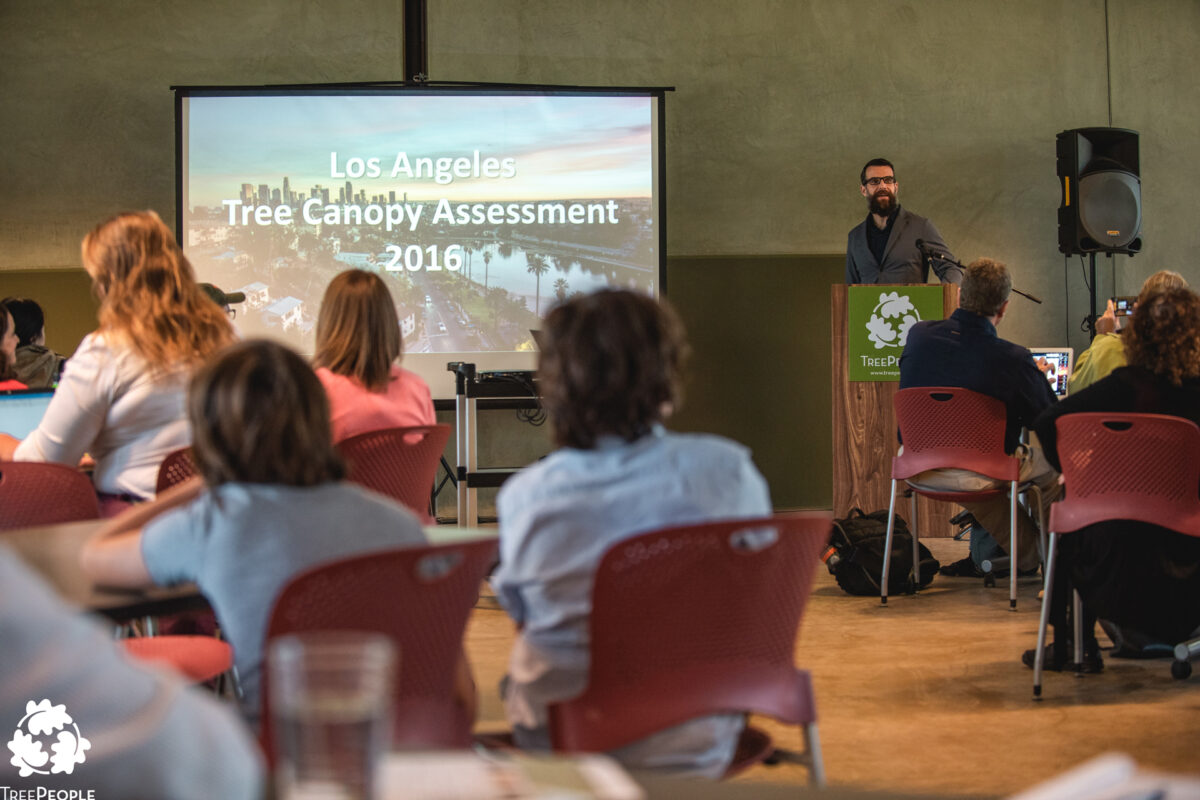
Green Priorities in Los Angeles County: Tree Canopy Data to Support Decision Making
Summary: Tree canopy is essential to maintaining health and wellbeing in Los Angeles. It protects vulnerable populations from the sun, mitigates the urban heat island effect, and reduces public health risks such as chronic respiratory illnesses.
About the Project
Tree canopy – the layer of foliage, branches, and stems that sits somewhere between the ground and sky – is essential to maintaining health and wellbeing in Los Angeles. It protects vulnerable populations from the sun, mitigates the urban heat island effect, and reduces public health risks such as chronic respiratory illnesses. Los Angeles’s urban tree canopy is facing a period of harsh decline, and it is imperative to assess our tree canopy’s current condition in order to determine ways in which to improve it.
TreePeople and the Loyola Marymount Center for Urban Resilience (CURes) are pleased to share the results of a high-resolution assessment of LA County’s existing and potential tree canopy cover. Our team engaged the Consulting Group at SavATree and the University of Vermont Spatial Analysis Lab to help us look at the spatial distribution of green infrastructure in Los Angeles.
Using high-resolution remote sensing data (imagery and LiDAR), we created fine scale 8-class land cover, and combined the resulting data with CalEnviroScreen, demographic, and urban heat data. This allowed us to assess existing conditions and identify potential priority areas where enhanced urban greening could contribute to climate resilience, environmental equity, and public health improvement.
Key Findings
- In the City of LA, about a fifth (18%) of the city’s tree canopy grows where only 1% of the city’s population lives. This tree canopy exists within only 5 census block groups (a geographic unit used by the Census Bureau), even though these block groups only account for less than 1/10th (8%) of the total land area. Those census block groups are in Pacific Palisades, Los Feliz, Brentwood, and Shadow Hills.
- By area, the land uses with the largest amount of existing tree canopy in LA County are: recreational, residential, and public right-of-ways (namely, streets) – but the biggest opportunity for MORE tree canopy is by far found in residential land uses.
- In the City of Los Angeles, residential parcels represent both the largest-existing and largest-possible tree canopy.
- We looked at single-family residential tree cover relative to the year the house was built. The trend is obvious: since the year 1900, tree canopy on our home parcels has decreased, and there is a significant decline after the year 2000.
- We also saw that home value is positively correlated with tree canopy: that is, the higher the home value, the greater the tree canopy.
- We then conducted a prioritization exercise to determine where trees are most lacking and where more trees would meet the highest need. We used a few “lenses” to determine priority:
- Heat island mitigation (hottest areas of the county)
- Public health improvement (areas where chronic conditions such as asthma are in high concentration)
- Socioeconomic status (low-income communities of color, and where there are disproportionate numbers of young and/or elderly individuals – which are most prone to extreme heat effects)
- The prioritization using those three lenses tells us that these areas are in highest need of protective tree canopy: Southeast County (especially along the Interstate 110 corridor); the northeast part of the San Fernando Valley; and northern LA County.
Research results were shared at an event held April 12, 2019 at TreePeople.
Project Type
- Public Policy
Status: Completed
Languages
- English
Files
Funders
-
United States Forest Service
Caring for the land and serving people
-
Cal Fire
California Department of Forestry and Fire Protection

